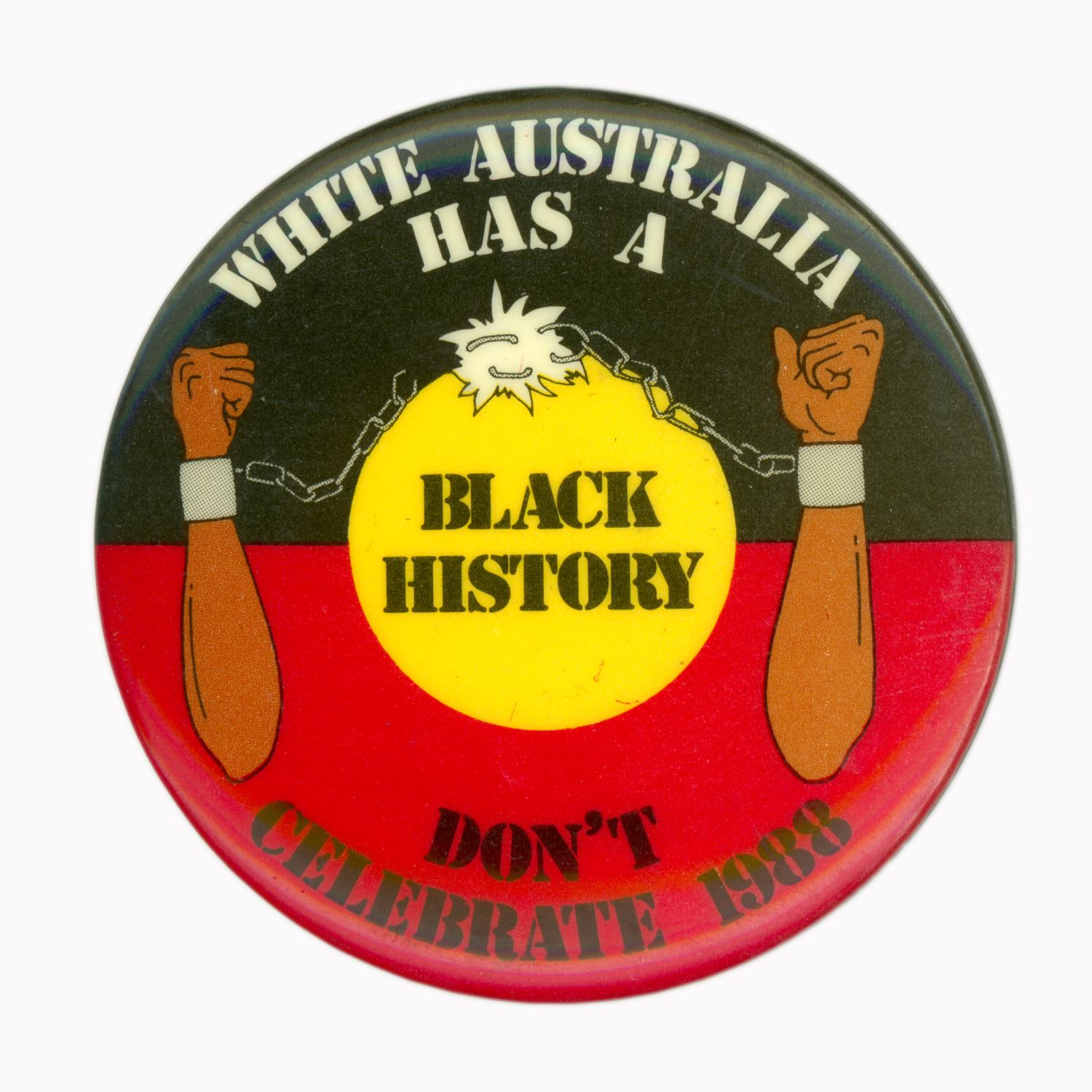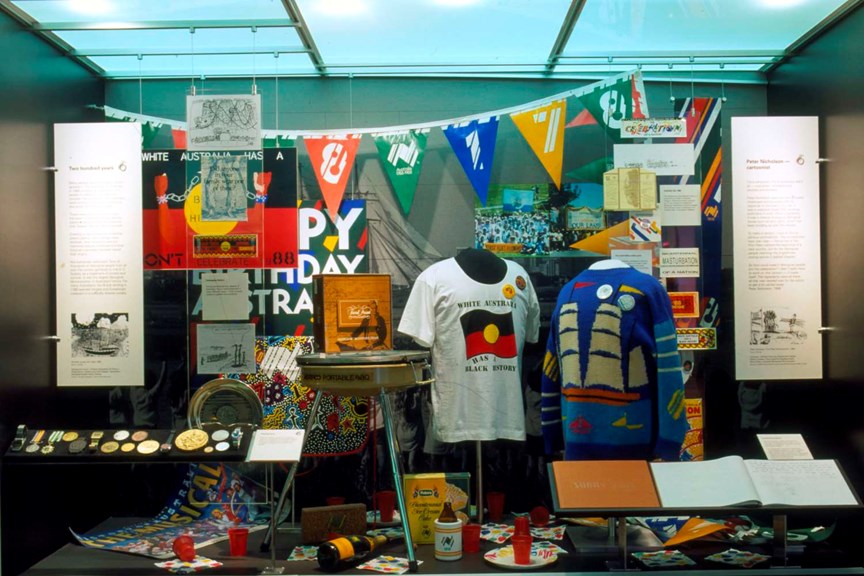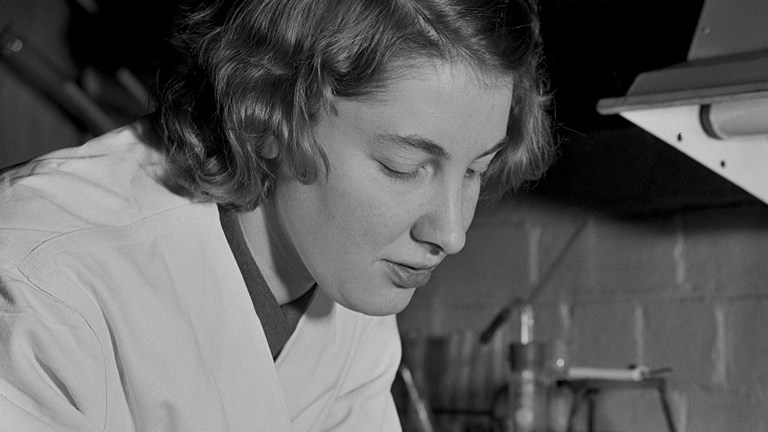Australia Day
The tradition of celebrating Australia Day as a national public holiday was established in Australia's first colony, Sydney, and has persevered since the early nineteenth century.
Sydney almanacs originally referred to it as First Landing Day or Foundation Day, in celebration of the arrival of Captain Arthur Phillip in Sydney on January 26, 1788. It was not until the thirtieth anniversary of European settlement, in 1818, that Governor Lachlan Macquarie officially created a public holiday in New South Wales. During this time other newly founded colonies were also celebrating their own beginnings, through sporting events, picnics and anniversary dinners.
January 26 in 1888 marked the centenary of European settlement, however attitudes towards the celebration were mixed. The date was primarily associated with New South Wales rather than all the colonies. Nevertheless, the celebrations across Australia assisted to create a greater sense of cohesion between the separate colonies as they attempted to forget Australia's 'convict stain' and focus on the future. From the 1880s this was signified with a movement towards a national holiday, perhaps made easier by the achievement of Federation in 1901. However it was not until 1935 that all Australian states and territories used the name 'Australia Day' to mark the date.
For Indigenous Australians, for whom the date represented invasion and an irrevocable impact upon their culture, land and population, there was no cause for celebration. During the sesquicentenary events in 1938, approximately 100 Aboriginal protesters gathered in Sydney to present a different view of the celebrations. For the protestors and those represented, Australia Day was instead 'a day of mourning', highlighting the loss of life, land and language that was a cause of the European occupation of Australia.
The protest demanded new laws that would ensure equality for Aboriginal people in the wider Australian community, such as citizenship rights. From this time, new voices were arising to question the celebratory status of Australia Day. This gained impetus during the 1988 Bicentenary with numerous protests staged across Australia including both Indigenous and non-Indigenous people declaring Australia Day a commemoration rather than a celebration of Australia's history.
Material objects, such as badges, coins and t-shirts, have often been disseminated to commemorate Australia Day. Many examples of these are in our collection and can be viewed online. These items remind us of the different meanings that Australia Day can have for Australia's diverse population. They also provide us with an understanding of the various circumstances leading up to Australia Day's consistent recognition by all States and Territories on January 26 for the first time in 1994, and as we know it today.












